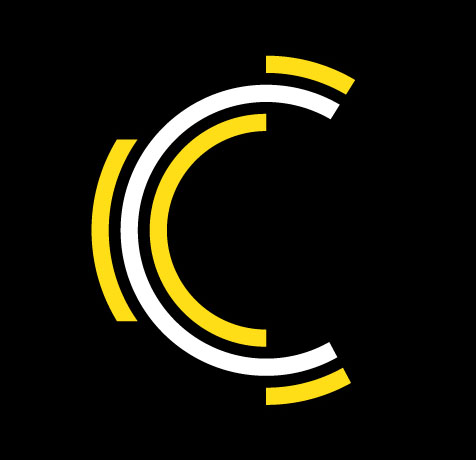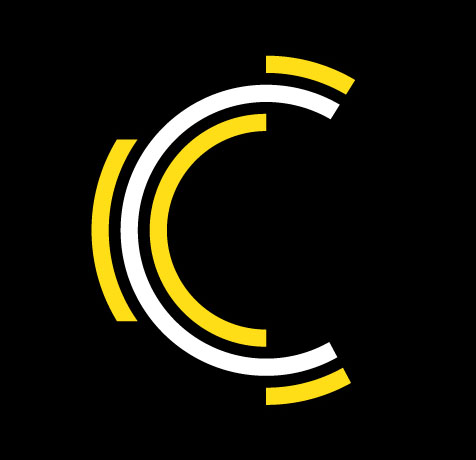To fully grasp how the Tor Network is ready to safeguard a user’s identity as they browse the web, it appears prudent to understand how the Internet works. It, on the other hand, is a vital tool for that tiny subset of internet users who really require the maximum possible anonymity.
Tor is a software that enables you to hide your identity on the internet. It provides a very high degree of true anonymity, but at the cost of day-to-day internet usability. It is a volunteer-run service that provides both privacy and anonymity online by masking who you are and where you are connecting.
Tor secretly routes your system’s Internet traffic over several places on the web, thus hiding the true origin of the communication, and securing your private identity.
This level of encryption ensures that no single computer within the proxy chain can determine your physical location and requested content.
To get started, download the software package for your Operating Systems from the Tor Project Website. The software comes in a bundled zip archive without requiring any installation.
After opening the file, double-click the Tor icon to start up relay services, then a new web browser should launch in the Gecko/Mozilla engine. It’s basically a shell script of Firefox which runs under custom proxy settings for Tor.
The entire network behaves as one interconnected and fluid proxy server farm. It’s important to note that you can access regular HTTP websites via proxy, but the load times are immensely slower. The real benefit of using Tor is to gain access into the onion routing network.

The Tor Network, Onion Routing And The Deep Web
Onion Routing is used within the Tor network to communicate hosts with darknet websites. These are still HTML/CSS pages which have been hosted on servers specifically targeting an .onion DNS address.
This TLD (Top-Level Domain) is actually similar to other country codes such as .us, .co.uk, .es and others. However, you are not accessing the same websites, as through an HTTP/FTP connection.
The most intriguing part of the Onion routing network is within their unique URL addresses. Instead of human-readable strings like crenovated.com, they appear as randomly generated numbers and letters.
To get a better idea of how Tor websites are designed and created, check out some of the other examples I’ve provided below.
TorStatusNet Microblogging – http://lotjbov3gzzf23hc.onion/
Tor Web Design Guidelines – http://wf4df37hrebhwzts.onion/
Simple PM – http://4v6veu7nsxklglnu.onion/SimplePM.php
Anonymoose Chat – http://c2hluuzwi7tuceu6.onion/
----------
If you liked this article, please subscribe to our YouTube Channel for tech news, reviews and video tutorials. You can also find us on Twitter, Instagram and Facebook.




